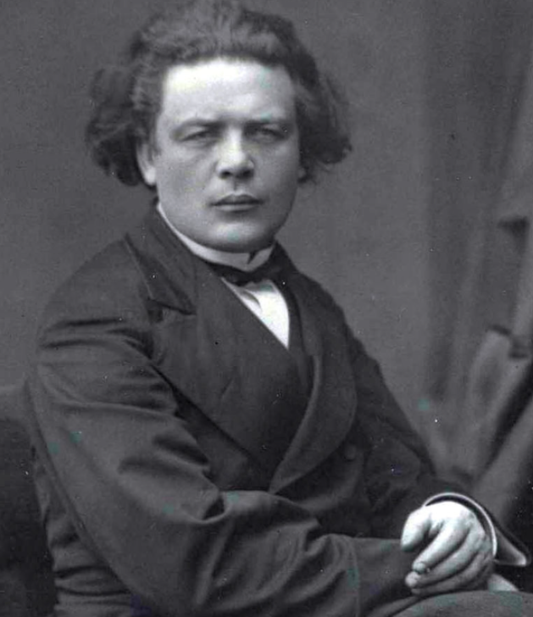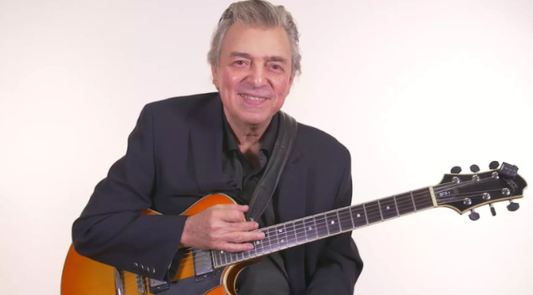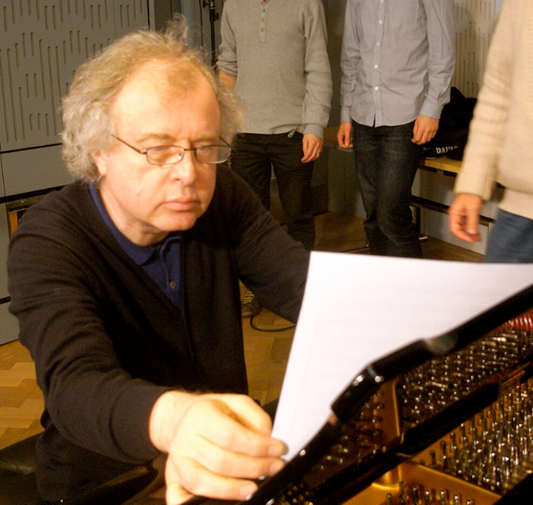Collection: FRITZ KREISLER (1875 – 1962)
Fritz Kreisler (February 2, 1875 – January 29, 1962) was one of the most beloved and influential violinists of the 20th century, captivating audiences worldwide with his unmistakably warm tone, expressive phrasing, and innate musical charm. Beyond his celebrated performing career, he was also a gifted composer, known particularly for his delightful short pieces in the Viennese style, which remain staples of the violin repertoire.
Born in Vienna, Austria, to a Jewish father (a physician) and a Catholic mother, Kreisler was an astonishing child prodigy. He entered the Vienna Conservatory at the age of seven, studying violin with Joseph Hellmesberger Jr. and theory with Anton Bruckner – an unprecedented feat for someone so young. He then moved to the Paris Conservatoire, studying violin with Lambert Massart and composition with Léo Delibes. In 1887, at the remarkable age of 12, he won the coveted Premier Grand Prix de Rome gold medal, competing against much older students.
Following this triumph, Kreisler undertook an early tour of the United States in 1888-89 with pianist Moriz Rosenthal. However, perhaps feeling overwhelmed or uncertain, he temporarily abandoned his musical career upon returning to Vienna. He pursued studies in medicine and art, fulfilled his compulsory military service in the Austrian Army, and seemed destined for a different path.
Music, however, proved an irresistible calling. Encouraged by mentors like violinist Joseph Joachim, Kreisler returned to the concert stage with a sensational debut with the Berlin Philharmonic under Arthur Nikisch in 1899. Subsequent debuts in London (1901) and again in the United States (1901-1904) solidified his position as a leading international virtuoso. Audiences and critics were captivated by his unique sound – a rich, intensely vibrant tone produced with a near-continuous, rapid vibrato (a technique he significantly popularized), coupled with an elegant, seemingly effortless technique, subtle rhythmic flexibility (rubato), and a deeply personal, expressive style that prioritized warmth and communication over mere technical display.
At the outbreak of World War I in 1914, Kreisler rejoined the Austrian Army. He served briefly on the Eastern Front before being wounded in the leg and honorably discharged. His experiences were chronicled in his memoir, Four Weeks in the Trenches. Following the war, anti-German sentiment, particularly in the United States, led to temporary difficulties, including canceled concerts, but his immense popularity soon overcame these obstacles.
Kreisler possessed a remarkable gift for composition, particularly miniatures imbued with Viennese charm and elegance. Pieces like "Liebesleid" (Love's Sorrow), "Liebesfreud" (Love's Joy), and "Schön Rosmarin" (Lovely Rosemary) – part of his Alt-Wiener Tanzweisen (Old Viennese Dances) – achieved immense popularity. For years, Kreisler programmed many of these short works, attributing them to lesser-known Baroque and Classical composers such as Pugnani, Francoeur, and Vivaldi. In 1935, to the astonishment (and occasional indignation) of the music world, he revealed that these "classical manuscripts" were, in fact, his own original compositions, crafted brilliantly in the style of the purported composers. This "Kreisler Hoax" caused a stir, but ultimately enhanced his legend. Beyond these beloved miniatures, he also composed operettas (Apple Blossoms, Sissy), a String Quartet, and highly regarded cadenzas for the violin concertos of Beethoven and Brahms, which remain widely performed today.
Kreisler continued to tour and record extensively throughout the 1920s and 1930s, enjoying unparalleled fame and affection. Although raised Catholic, his Jewish heritage put him at risk following the rise of Nazism and the Anschluss of Austria. He initially moved to France in 1938 and then emigrated permanently to the United States in 1939, becoming a US citizen in 1943.
In 1941, Kreisler suffered serious injuries after being struck by a truck while crossing a street in New York City, leading to a temporary coma and concerns about his ability to perform. Miraculously, he recovered and resumed his concert career, though some noted a subtle decline in his technical assurance. He gave his final public performance in 1950.
Fritz Kreisler died in New York City in 1962. His legacy endures through his numerous recordings, which preserve his unique sound and interpretive artistry, and through his compositions, which continue to delight performers and listeners. He profoundly influenced subsequent generations of violinists through his approach to tone production and vibrato, and remains an archetype of the charismatic virtuoso whose playing spoke directly to the heart.






